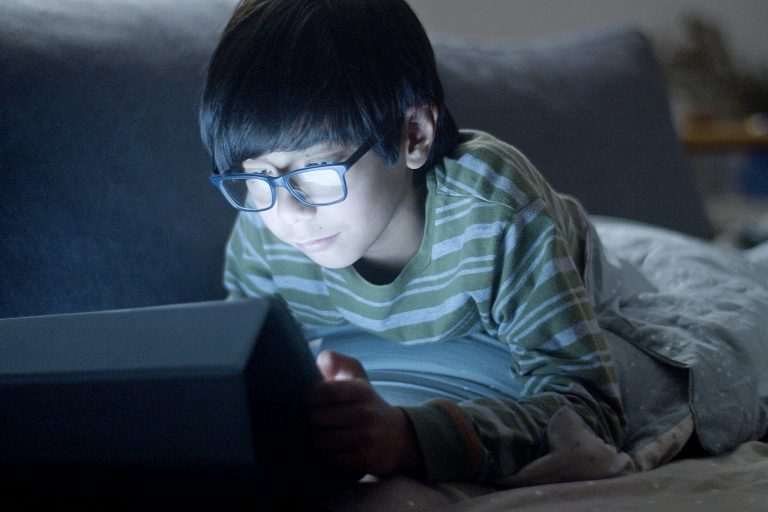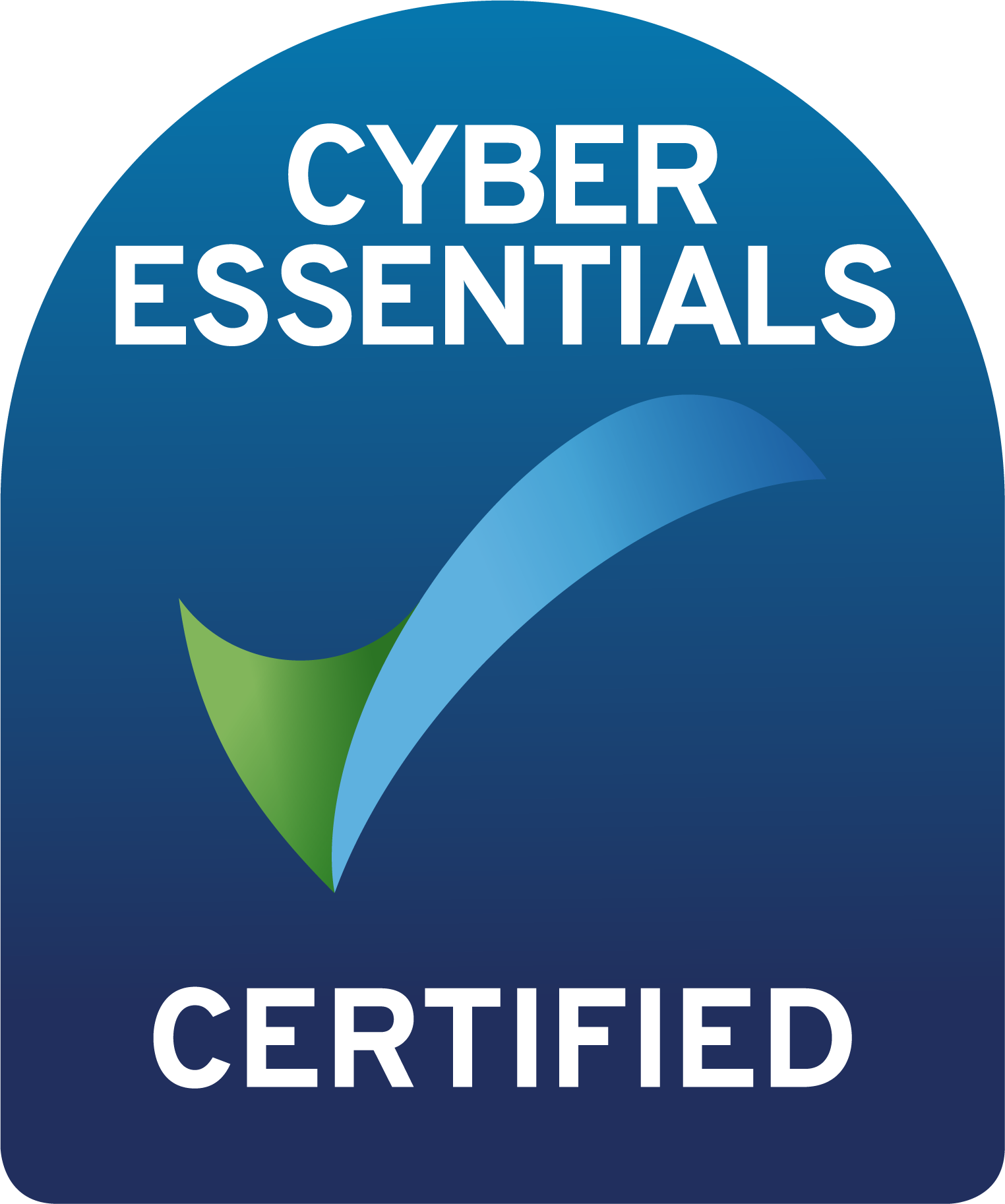Managing screen time can be a tough challenge for families. When kids become overly attached to screens, it can interfere with their well-being, relationships, and responsibilities. Since technology is deeply woven into everyday life, setting limits can feel like an uphill battle.
If you’re concerned about your child’s screen use, you’re not alone. Many parents are facing the same struggles. This guide will help you recognize unhealthy screen habits and provide strategies to restore a healthy balance.

The Impact of Too Much Screen Time
Excessive screen use affects more than just a child’s free time. It can disrupt sleep, increase stress, and lead to unhealthy habits. Long hours on screens can also impact brain development, reducing attention span and making real-world interactions feel less engaging.
When screen use replaces physical activity, kids may also experience weight gain, lower energy levels, and poor posture. It’s important to recognize these effects and work toward a healthier balance.
Recognizing When Screen Time Becomes a Problem
Spending time on screens is normal, but when it starts disrupting a child’s daily life, it may be a sign of dependency. Social media, video games, and online content are designed to keep users engaged for long periods, often triggering dopamine responses that make it hard to stop.
Warning signs to look out for:
Loss of interest in hobbies or outdoor play
Declining grades or school performance
Avoiding social interactions
Irritability or aggression when asked to put screens away
Mood swings or increased family conflicts
Signs of withdrawal (anxiety, restlessness, frustration)
Neglecting hygiene or skipping meals
Sleep disturbances
Ground-breaking look at the impact of screen time on kids' brains
Replacing Screen Time With Engaging Activities
Once screen time is reduced, children need alternative activities to fill the gap. Without engaging replacements, they might default back to their devices out of boredom.
Consider introducing:
Outdoor sports or nature walks
Arts and crafts projects
Reading books or storytelling
Cooking or baking together
Music, dance, or other creative hobbies
Family game nights or puzzles
Making these activities part of their daily routine can help ease the transition away from excessive screen use.
Setting Boundaries Without Resistance
Cutting out screens completely may not be realistic, especially when technology is necessary for school or socializing. Instead of banning devices, consider setting reasonable limits.
Effective strategies include:
Establishing no-screen zones (e.g., during meals or before bed)
Creating a daily screen schedule with set time limits
Encouraging regular breaks from screens throughout the day
Using timers or parental controls to enforce limits automatically
Gradual adjustments can make these changes easier for kids to accept, reducing frustration and pushback.
The Importance of Face-to-Face Interaction
Spending too much time on screens can reduce the quality of in-person interactions. Encourage meaningful conversations and activities that strengthen social skills.
Some ideas to promote connection:
Plan outings with family and friends
Have technology-free dinners where everyone shares their day
Engage in hands-on group activities like board games or DIY projects
Rebuilding strong face-to-face interactions can help children become less reliant on digital communication.
Working Together as a Family
Instead of making screen limits feel like a punishment, approach it as a shared goal. Talk openly with your child about why screen time needs to be managed and how it benefits them in the long run.
Ways to support your child:
Lead by example—reduce your own screen time when they do
Have screen-free family time each week
Encourage open discussions about technology use and its impact
When kids feel supported rather than restricted, they’re more likely to embrace healthier habits.
Using Technology to Enforce Limits
Ironically, technology itself can be a useful tool for managing screen time. Many devices now offer built-in parental controls and time management features that automatically restrict usage.
Benefits of using digital tools:
Prevents arguments over screen limits
Helps children develop self-regulation skills
Encourages a more structured approach to screen time
These tools can be a helpful addition to your overall strategy, making it easier to maintain balance.
Helping Kids Develop Long-Term Healthy Habits
The ultimate goal isn’t just to reduce screen time for the moment—it’s to teach kids how to manage technology responsibly for life.
Encouraging self-awareness and balance will prepare them for a future where screens are a constant presence. By setting boundaries, promoting alternative activities, and working as a team, you can guide your child toward a healthier relationship with technology.









